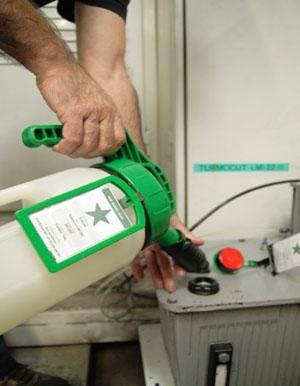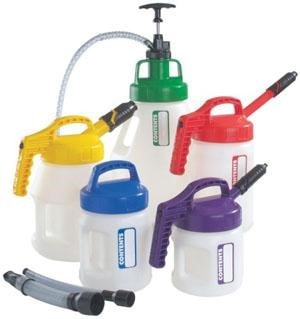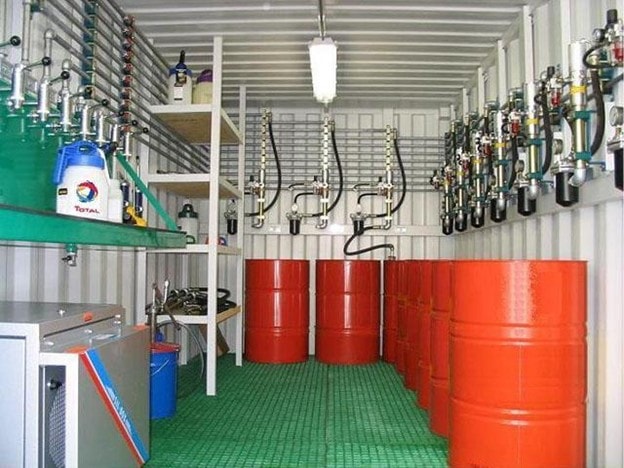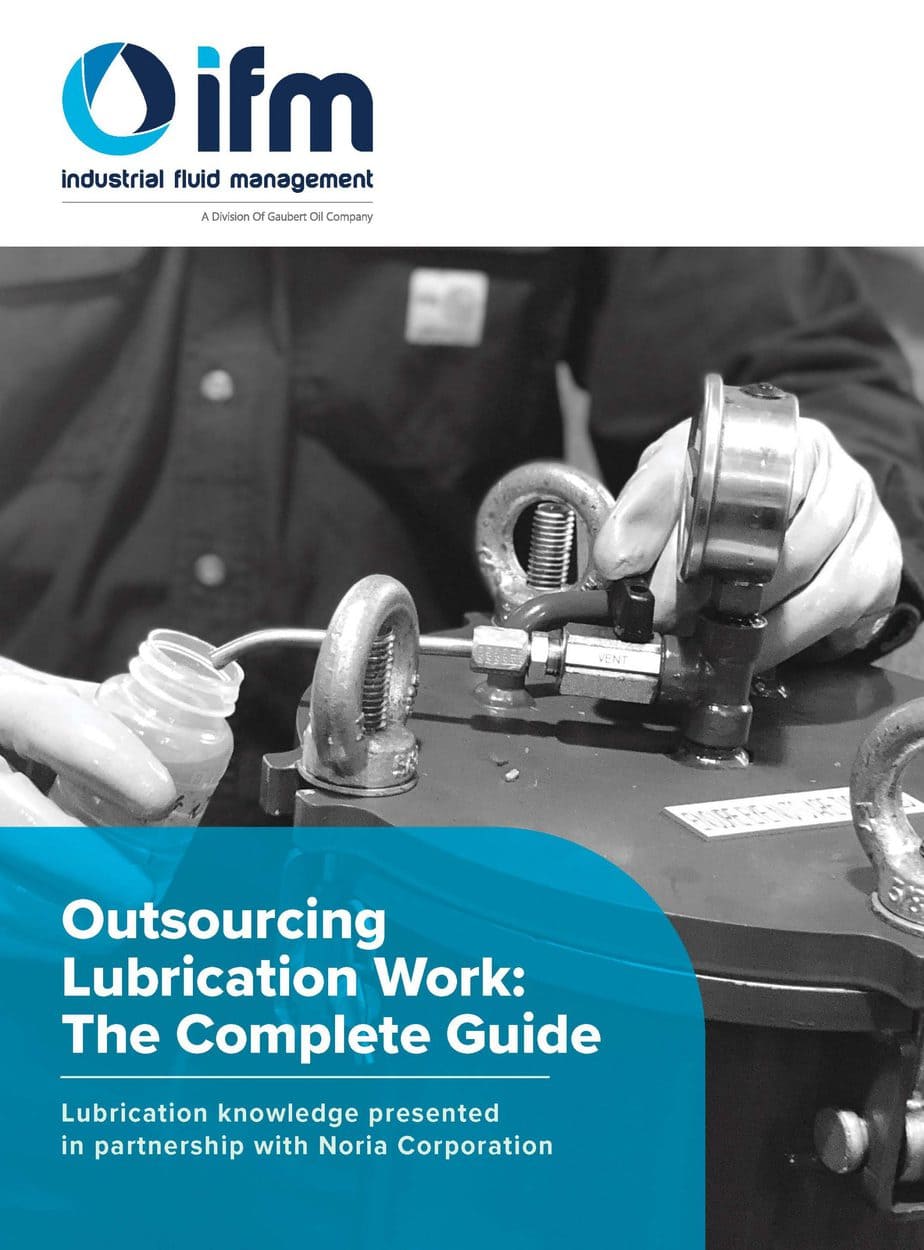Lubrication is the lifeblood of many critical machine assets. Throughout its lifecycle, a lubricant touches so many critical machine components. As it flows, it picks up information about the machine in the form of particles and other contaminants that may give you valuable knowledge about the condition of the lubricant and even the machine itself. If a component failure is about to occur or the machine is not properly sealed to protect it from environmental dust and moisture, oil analysis results can alert you to the problem.
Still, oil analysis only identifies issues. To actually improve reliability or avoid failure, we have to make changes to lubrication practices and procedures that will help lubricants do a better job of keeping machine assets running reliably. If you have a good lubrication strategy, you will improve your plant and equipment uptime.
The Trap of “Tribal Knowledge”
We’ve collected these 8 tips to help you understand how changes to lubrication can bring huge benefits to the total cost of owning and operating machine assets. But if you’re like many plants, knowing that lubrication needs to be improved is only half the battle.
Finding a skilled lubrication technician who understands best practices and how to use them to get results can be difficult. Whether you plan to spend time and resources training an existing employee, or speed the process up by bringing in a contracted lubrication technician, be sure you are not relying only on “tribal knowledge” alone.
If lubrication routes and procedures have been handed down from employee to employee over the years, it’s almost certain that errors and misunderstandings have crept in. If you are not following key best practice procedures in these 8 areas, your machines (and your maintenance budget) are most likely suffering the consequences.
-
Assessment/Benchmarking
In this process, you assess the things that you do right as well as the things you need to do better. This should include processes from the first moment a lubricant shipment arrives to its eventual disposal and replacement with new lubricant.
While there are many potential areas for improvement, starting at the beginning can bring downstream benefits, often with less effort than focusing on later parts of the lubricant lifecycle.
Ask yourself:
- Do we have an agreement with our supplier about how clean newly-purchased oil should be?
- Do we test “new” oil cleanliness when shipments arrive to verify cleanliness?
- Do we store lubricants in a clean and controlled environment?
- Are lubricants and machines clearly labeled to avoid accidental lubricant mixing?
If you already have a plan for addressing these questions, you are on a good path to success, but there are also other parts of the lubricant lifecycle to think about.
-
Organization and Planning
Once you know where you stand today, it’s time to make a plan for the future. This step is about ensuring that all lubrication tasks in the plant are completed at the right time with the right lubricant and the right quantity while using the right processes. For this, most companies use software to control and report the activity.
-
Identification
To ensure that the right lubricant is added to a piece of equipment, a labeling system is needed. This is driven by the fact that in large plants multiple types of lubricants are used. Lubricants are complex chemical compositions and are often very incompatible, so to avoid errors of mixing lubes and to support industry standards, particularly in the food-grade industry, a good labeling system is necessary.
When two lubricants mix, it can significantly impact machine reliability and lubricant service life. If accidental mixing has taken place (especially if it lead to a component failure), it may be time to consider a high-velocity oil flush to rectify the situation. Adding ID stickers that make shape, color, and text coding easily visible can cut down on mixing accidents very quickly.
-
Contamination Control
Oil contamination is a major source of component wear and equipment failure. Therefore, it is important that only clean lubricants are used in the equipment operation. Cleanliness-control centers ensure that the lubricant is stored safely, is clean and is transferred in a contamination-free environment.
Controlling the contamination of oil inside the equipment is also critical. The international standard for measuring this is ISO 4406. Online and offline filtering systems are used to clean up the oil, while breathers or air conditioners are utilized to protect the lubricant.
Best practices for cleanliness control include:
- Only use fully sealed containers.
- Fit desiccant breathers to all containers to prevent the ingress of water and contaminants from the atmosphere.
- Filter all oil to get it very clean.
- Only use contamination-free containers, i.e., containers that will not generate contaminants and may also be sealed to prevent new contaminants getting in.

A good lubricant labeling system can help ensure that the right lubricant is added to a piece of equipment. 
These multi-colored dispensing containers are fully sealed, easy to use and rust free. -
Lubricant Storage
Open and dirty dispensing containers can be a source of contamination entering the machine. Dispensing equipment should be kept clean, cool, and dry. This can be accomplished by storing lubricants indoors, ideally in a temperature controlled environment. Adding desiccant breathers to storage container air vents will help keep moisture and particles from making their way into stored lubricants. It also should be efficient, easy to use and adapted to the applications being filled. Make sure the containers are well-identified (with the same stickers mentioned above) so no mistakes occur, regardless of who uses them.
When we get lubricant storage right, the downstream effects can be impressive. Oil that is kept clean in storage will be cleaner when it reaches the machine, reducing one of the top causes of machine failure: particle and moisture contamination. By focusing on the lube room, the heart of your lubrication program, you can bring the benefits of cleaner oil to all lubricated machines at once.
-
Grease Lubrication Tools
Adding grease to a machine accounts for the majority of lubrication jobs. Therefore, it’s essential to have tools that are efficient and practical. Grease guns should be color-coded to ensure that the right lube gets in the right application. Color-coded grease guns, with one color for each different grease, can help in this regard.
Knowing how much grease you are adding is also critical. A grease gun with a digital counter can make it easier to see and control how much grease you are adding. It’s important to the service life of assets like bearings and electric motors that you are adding the right grease, in the right amount, and at the right time. Too much grease can lead to a sudden failure much like too little grease can, although the mechanisms of failure in these two cases may be different, both can lead to a sudden failure result over time.
-
Oil Analysis
Analyzing the oil in an application is an important part of a lubrication strategy. By measuring against ISO 4406 standards, the oil can be kept at the right cleanliness levels. Depending on how critical an asset is and the type of asset, different levels of cleanliness will be required. For example, a hydraulic fluid power system will require a higher level of cleanliness to perform optimally than a gearbox or other type of system. Additionally, chemical analysis of the oil will determine if it is fit for further use or needs to be replaced with fresh oil.

An example of a clean and organized lubrication storage room or “lube room.” -
Knowledge Management
Management of knowledge is becoming critical in industry today, particularly within the maintenance sphere as more workers retire and new ones join the industry. Keeping good documentation on the steps a lubrication technician should follow when completing a top-up work order or a regreasing PM is critical if valuable knowledge is to be saved. If you do not have a way to capture the knowledge and experience of your long0time employees, that valuable information will walk out the door with them.
Bringing in a trained or skilled lubrication technician can simplify this process of capturing and perhaps updating information. When someone knows what to look for and how to do a job right, they can capture information about your specific machines and create a step-by-step guide for others to follow. For those who don’t have a skilled technician on their team already, bringing in an experienced and certified lubrication contractor can help jump-start the process.
Don’t Forget Culture
Implementing reliability-based strategies that are successful over the long term is not an easy task. Many strategies fail because they are seen as projects and not as processes to change the work culture of those involved.
Effective implementation requires the existing culture within a plant to be changed so the processes are accepted, followed and sustained.
While cultures can be changed, to achieve this requires an understanding of the causes of failure and how to prevent these factors from coming into play during the implementation process.
Addressing the need to change the way employees work will provide a higher success rate for any project and ensure the new way of working will be sustainable over the long term. Be sure that you or someone on your team has the knowledge to make the program successful. Any plant that invests in lubrication will want to see a return on that investment. With the right knowledge or the right partner, you can achieve significant cost savings and reliability improvement with the help of lubrication.

